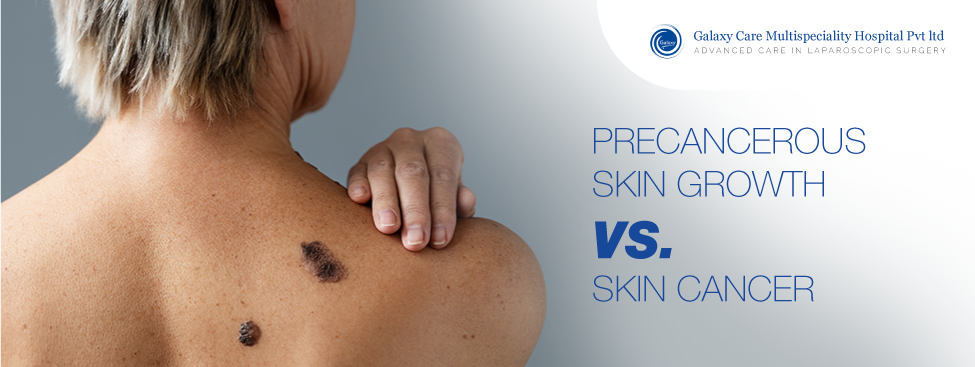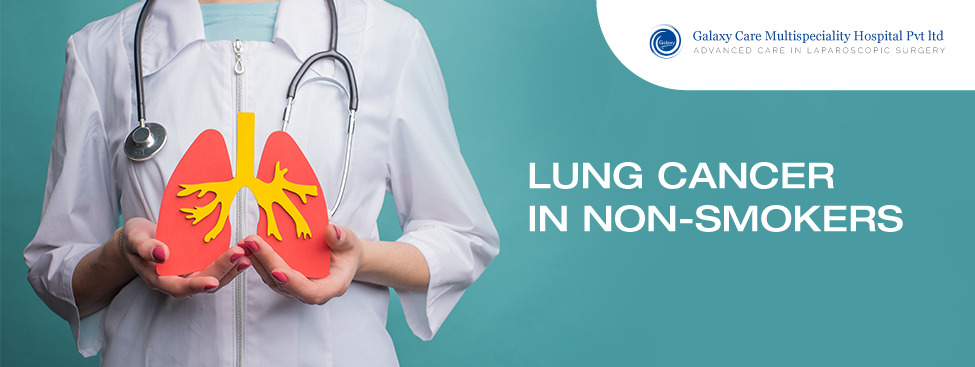
Decoding the Difference: Precancerous Skin Growths vs. Skin Cancer
Our skin is our body’s largest organ, acting as a protective barrier against external elements and harmful agents. However, with prolonged exposure to ultraviolet (UV) radiation from the sun or tanning beds, our skin can develop abnormal growths or lesions. While some of these growths may be benign, others can be precancerous or even cancerous. Understanding the difference between precancerous skin growths and skin cancer is crucial for early detection and timely treatment.
In this blog, we’ll delve into the difference between precancerous skin growths vs. skin cancer, decoding characteristics, risk factors, and appropriate steps to take when faced with these skin conditions. Let’s begin!
What are Precancerous Skin Growths?
Precancerous skin growths, also known as actinic keratoses (AKs), are rough, scaly patches or lesions that develop on areas of the skin that have been exposed to excessive UV radiation over a prolonged period. These growths are considered precancerous because, if left untreated, they have the potential to progress into squamous cell carcinoma (SCC), a type of non-melanoma skin cancer.
Precancerous skin growths can appear as:
- Rough, sandpaper-like patches
- Flat or raised lesions
- Reddish, brown, or skin-coloured spots
- Scaly or crusty patches
It’s important to note that not all precancerous growths will develop into cancer, but their presence indicates an increased risk. Early detection and prompt treatment can help prevent their progression to more serious conditions. Seek consultation from a cancer specialist in Pune.
Skin Cancer: Types and Symptoms
Skin cancer is a broad term that encompasses several types of malignant growths, each with its own characteristics and severity levels. The three main types of skin cancer are:
1. Basal Cell Carcinoma (BCC)
This is the most common form of skin cancer, accounting for approximately 80% of cases. BCCs typically appear as pearly or waxy bumps, flat lesions, or scar-like areas on sun-exposed skin. They usually grow slowly and rarely spread to other parts of the body.
2. Squamous Cell Carcinoma (SCC)
SCCs are the second most common type of skin cancer, often appearing as firm, reddish nodules or flat lesions with a rough, scaly surface. SCCs can be more aggressive than BCCs and have the potential to spread to nearby lymph nodes or other organs if left untreated.
3. Melanoma
Melanoma is the most serious and potentially life-threatening form of skin cancer. It can develop from an existing mole or appear as a new, irregularly shaped or colored growth on the skin. Melanomas can spread quickly to other parts of the body if not detected and treated early.
Symptoms of skin cancer can vary depending on the type and stage, but some common signs to watch out for include:
- New or changing moles or growths
- Sores that don’t heal or keep coming back
- Irregular borders or uneven colouration of a growth
- Itching, bleeding, or oozing from a lesion
Risk Factors and Prevention
Both precancerous skin growths and skin cancer share several risk factors, including:
- Excessive UV exposure (from sunlight or tanning beds)
- Fair skin tone or light hair/eye colour
- Personal or family history of skin cancer
- Weakened immune system
- Exposure to certain chemicals or radiation
If you notice any unusual or concerning changes in your skin, it’s crucial to seek prompt medical attention. Dermatologists and healthcare professionals can evaluate and diagnose precancerous skin growths and skin cancer through a thorough examination and, if necessary, biopsies.
Early detection and treatment are crucial for managing precancerous skin growths and preventing their progression to skin cancer. Similarly, early detection and prompt treatment of skin cancer can significantly improve the chances of successful treatment and recovery.
Conclusion
While precancerous skin growths and skin cancer may share similarities in appearance, understanding their differences is essential for proper diagnosis and treatment. Cancer hospitals in Pune, India, such as Galaxy Care Hospital, offer specialized services for skin cancer diagnosis and treatment. With their state-of-the-art facilities and experienced team of oncologists and dermatologists, they provide comprehensive care tailored to each patient’s needs.
Remember, regular self-examinations, professional skin checks, and sun protection measures can go a long way in reducing your risk of precancerous skin growth and skin cancer. If you notice any concerning changes or have any questions, don’t hesitate to consult an oncologist in Pune. We are here for your well-being!


